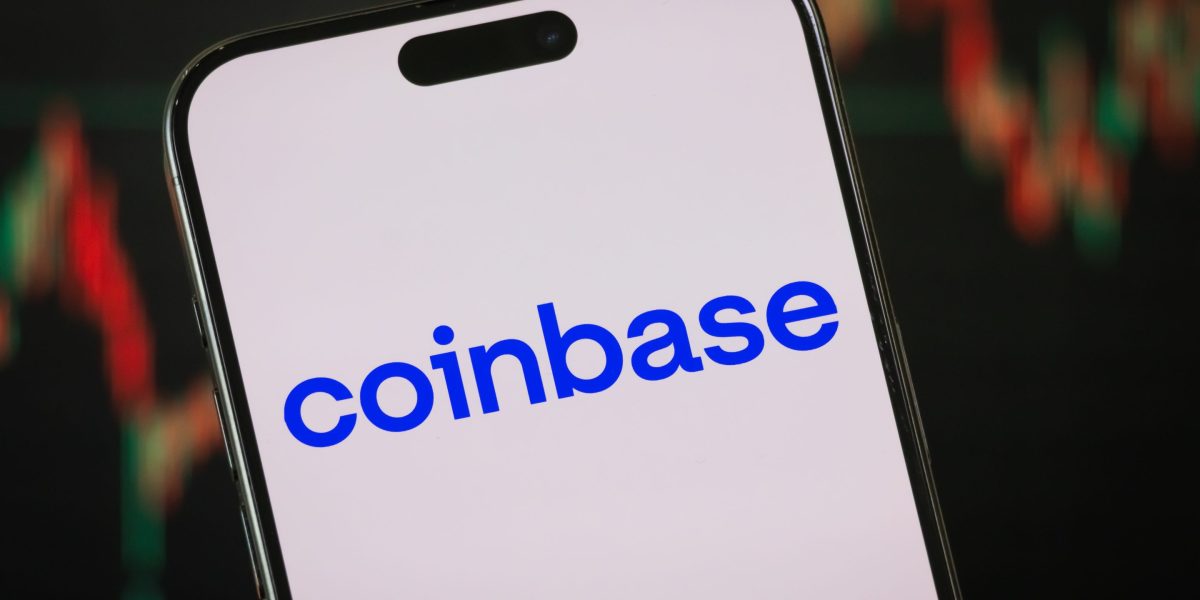- The vice president’s comments came to light when Jeffrey Goldberg, the editor-in-chief of The Atlantic, revealed Monday that he had been sent war plans after being added to a group chat that appeared to include JD Vance, Defense Secretary Pete Hegseth, and Secretary of State Marco Rubio. Trump’s decision to strike, analysts said, signaled his administration is becoming increasingly focused on combating Iran, ideally without causing energy prices to skyrocket.
An Iran-backed militant group has wreaked havoc on shipping in the Red Sea, a major chokepoint of global trade, for over a year. The Trump administration decided to intervene, launching airstrikes on Houthi rebels in Yemen on Mar. 15, but Vice President JD Vance initially called the plan a “mistake” in a text conversation with top national security officials, saying the move bailed out Europe and was a tough sell to the American people.
Vance’s comments came to light when Jeffrey Goldberg, the editor-in-chief of The Atlantic, revealed Monday that he had been sent war plans after being added to a group chat that appeared to include Vance, Defense Secretary Pete Hegseth, and Secretary of State Marco Rubio. According to Goldberg’s account, a fascinating policy discussion ensued when Vance aired his concerns a day before the strikes.
The Suez Canal attracts 12% to 15% of all global maritime trade, but only 3% of U.S. trade runs through the artificial waterway connecting the Red Sea with the Mediterranean, Vance claimed.
“[Forty] percent of European trade does,” he wrote. “There is a real risk that the public doesn’t understand this or why it’s necessary. The strongest reason to do this is, as POTUS said, is to send a message.”
Vance was correct and mistaken at the same time, said Marko Papic, who advises institutional investors about geopolitics as chief strategist at BCA Research. Objectively, he said, the Suez looms much larger for European commerce than U.S. trade.
But the American rationale for addressing disruptions in the Red Sea also involves the Trump’s administration’s strategy toward Iran, which experts say helps train, arm, and supply intelligence to the Houthi rebels. Beyond the obvious humanitarian concerns, preventing a wider conflict in the Arabian Peninsula is key for the global economy considering the likely ruinous impact of a spike in oil prices.
While it’s unclear what exact numbers Vance was referring to, 40% of trade between Asia and Europe travels through the Red Sea, according to a January 2024 note from Allianz.
“Energy prices are the most vulnerable factor, as 12% of seaborne oil and 8% of liquefied natural gas pass through the Suez Canal,” Allianz wrote, “causing energy prices in Europe to remain highly volatile.”
Still, Papic said Vance was shortsighted to assume the U.S could force Europe to foot the bill for protecting Red Sea shipping lanes. The Suez Canal is a tremendous convenience in that ships can travel between Europe and Asia without going around South Africa’s Cape of Good Hope, Papic acknowledged, but he said it’s hardly a necessity.
“It’s kind of an act of a neighborhood mobster to burn down the grocery store,” Papic said, “and then hunt for who did it and send the bill to the proprietor.”
That said, the journey around Africa adds roughly 10 or more days to Asia-Europe voyages, according to the Atlantic Council. As ships spent longer in transit when the Houthis first disrupted Red Sea shipping in late 2023, the think tank explained, global shipping capacity shrank by about 20%.
“Over the long run, those things can become problematic,” said Matt Gertken, chief geopolitical and U.S. political strategist at BCA Research.
In the government group chat, Vance eventually indicated he was on board. Hegseth acknowledged the vice president’s concerns about “European free-loading,” calling the continent’s inaction “PATHETIC.” The defense secretary said he felt it was a good time to act, however, given President Donald Trump’s “directive to reopen shipping lanes.”
At the time of publication, the White House had not responded to a request for comment.
Who are the Houthis?
The U.S. Navy has taken charge of protecting free maritime navigation since the 1956 Suez Crisis, Gertken noted, when U.S. President Dwight D. Eisenhower forced former colonial powers in the U.K. and France to stand down when Egypt took control of the waterway.
Therefore, one would have typically expected a forceful American response when the Houthis began targeting military and civilian ships in the Red Sea. The insurgent group, which controls Yemen’s capital city of Sana’a and much of the country’s west, where most of the population is located, considers itself part of Iran’s “axis of resistance” against Israel, America, and the West.
According to the BBC, the Houthis have targeted over 100 merchant vessels with missiles and drones between the start of Israel’s war with Hamas in late 2023 and the tenuous Gaza ceasefire reached in January.
The Biden administration ordered strikes but struggled to form a broader coalition in the Middle East and Europe to address the crisis. Gertken suggested Biden’s team was “paralyzed” by fears of a wider conflict in the Middle East sparking an inflationary shock to oil prices amid a tight election race. Vance voiced similar concerns last week.
“I am not sure the president is aware how inconsistent this is with his message on Europe right now,” he said. “There’s a further risk that we see a moderate to severe spike in oil prices.”
But Gertken said Trump’s decision to strike suggests the new administration, having started with Ukraine as its first foreign policy priority, is now also focusing on combating Iran. In the text chain, Hegseth said waiting to attack the Houthis risked allowing Israel to act first, preventing the U.S. from getting to “start this on our own terms.”
“It’s not really surprising at all that we’re building towards some major crescendo with Iran,” Gertken said.
It’s preferable, he added, to fight with Iran’s Yemeni proxy in the Red Sea rather than on the other side of the Arabian Peninsula in the Strait of Hormuz, where roughly 21 million barrels of oil travel per day, accounting for a fifth of the world’s total oil flows, per the U.S. Energy Information Administration.
Attacks on tankers or, worse, a wider conflict in that crucial waterway, Gertken said, could spur stagflation, the dreaded combo of negative growth and higher inflation.
“It could really send the stock market into a tailspin,” he said.
Apparently, some of that calculus in Washington is discussed over text.
This story was originally featured on Fortune.com
Source link


 Entertainment8 years ago
Entertainment8 years ago
 Politics8 years ago
Politics8 years ago
 Entertainment8 years ago
Entertainment8 years ago
 Entertainment8 years ago
Entertainment8 years ago
 Tech8 years ago
Tech8 years ago
 Tech8 years ago
Tech8 years ago
 Tech8 years ago
Tech8 years ago
 Politics8 years ago
Politics8 years ago






